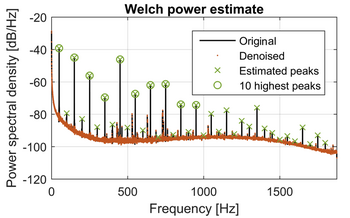We conduct research mainly within three instrument-oriented sub-disciplines of geophysics. The majority of our work is done in a close collaboration with the Hydrogeophysics Group at Department of Geoscience, Aarhus University, hgg.au.dk . The strategy in our research is that a tight integration between geophysical applications, instrument design and signal processing leads to superior data quality.
Surface NMR is a unique geophysical technique – unlike any other technique it is directly sensitive to the water content in the subsurface and the amplitude of the NMR signal is proportional to the amount of water in the investigated volume. Further, the decay of the NMR signal provides information about the pore space and it is therefore possible to extract information about the ability of groundwater to flow in the subsurface. Our current research in surface NMR centers on the development of our new Absu instrument, the accompanying signal processing and using the instrument for hydrological investigations.

Transient Electromagnetics (TEM) is an electromagnetic geophysical method that images the resistivity in the sub-surface. TEM instruments has been developed for both ground-based and airborne mapping. Our current research in TEM centers on a new towed TEM system that has been developed in the Hydrogeophysics Group at Aarhus University. The system has a very low footprint, which makes it possible to do very high-resolution 3D mapping of resistivity structures in the shallow surface. We aim to increase the signal to noise ratio in TEM data e.g. by removal of vibrational noise from data or by removal of VLF radio noise using new gating strategies. Another active area of research is investigating machine learning based tools for automatic identification of artefacts in data.

Direct current induced polarization (DCIP) is an electric geophysical method that can images resistivity and chargeability structures in the near surface. Similar to the other electric or electromagnetic geophysical technique, DCIP is susceptible to electromagnetic inference. As DCIP is increasingly being used in high-noise urban areas, it is important to develop increasingly sophisticated methods to suppress noise and increase the signal to noise ratio. Our current research activities focus on applying methods from machine learning to automatically identify and remove noise events from data.